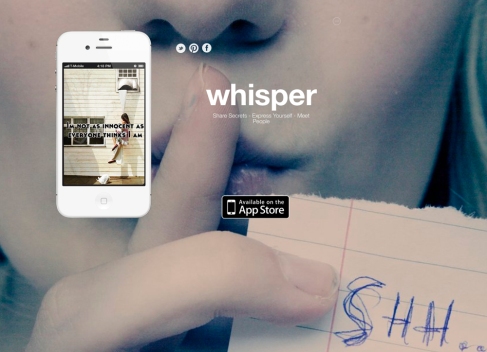History has shown that the social media landscape is volatile. Customer demands of social networks change constantly. Just ask MySpace co-founder Tom Anderson, who went from everyone’s best friend to a has-been in a matter of months (a rich has been, at least. Anderson is worth an estimated $60 million.) Statistics suggest Facebook might be in the midst of a similar dismissal from the cool kids table, as roughly 3 million teenagers have reportedly stopped using the service over the past three years. What’s the driving force behind teens’ mass exodus from Facebook, and what networks are they spending their time on instead?
One of the biggest problems is permanence. Millennials are becoming more aware that digital footprints last forever, and that a controversial post or a drunken selfie might scare off potential employers. This has led teens to seek “no fingerprints” networks where they can express themselves without the consequences that come with having their names and faces attached to posts that exist eternally on the Internet.
The first such network that comes to mind is Snapchat, the disappearing photo app that became a household name in the tech world after its 23-year-old founder turned down a $3 Billion acquisition offer from—you guessed it—Facebook. But there are other apps that play on anonymity that you may not have heard of. One of these networks is called Whisper, and I’d argue it’s the social media world’s best-kept secret. In its most recent funding round led by Sequoia Capital in September, Whisper raised $21 million in capital investment. Venture capitalists are throwing their money at the app for two reasons: it garners 3.5 billion page views per month, and an estimated 90 percent of its user base is between 18 and 24 years old.
I recently heard about the app and decided to download it to see what all the fuss was about. In a nutshell, Whisper is an outlet for people to share their feelings or stories online as anonymous confessions, called Whispers. The user types his/her message, which is then overlaid onto an image (the app provides automatic suggestions, or you can take a photo from your own library.) Once a confession is published, it is immediately viewable to people using Whisper within 25 miles of the poster via the “Nearby” page, and on the “Latest” page, which displays the most recent confessions from around the globe in real time. Users can “heart” posts, similar to a Facebook like, or reply with another anonymous message published underneath the original Whisper. Posts that garner the most engagement appear on the “Popular” page, which is similar to Instagram’s popular page. The app also includes a “Featured” page, which displays Whispers hand-selected by the company’s content managers.
While its massive user base and prime demographic are surely attractive to brands, marketing on platforms like Whisper is largely uncharted territory. Crude content is a natural product of apps that offer anonymity, which means brands who decide to market there need to be wary. In my next post, I’ll provide suggestions on how brands can engage with networks like Whisper as marketing platforms. Stay tuned.
Want to learn more about this social trend? Check out Evelyn Rusli’s article in the WSJ.
